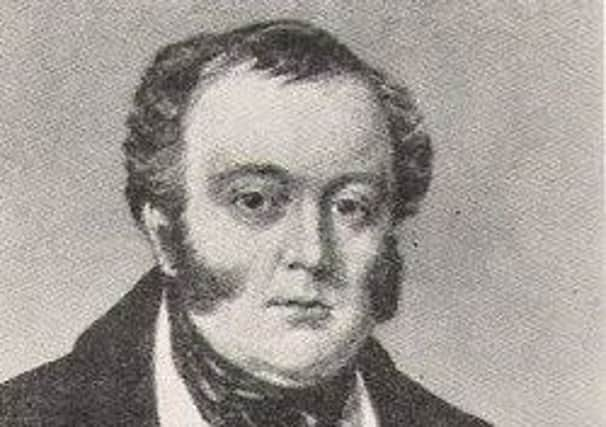ON THE WATERFRONT: South Dock's rail heritage


Although dockside coal staiths have long disappeared, along with most of the extensive railway infrastructure on the old Town Moor, the rail connection to the docks still survives, providing substantial scope for business development.
Early in 2015, the Echo reported how Network Rail had reinstated the connection between Ryhope Grange Junction and the port’s internal system following years of disuse.
Advertisement
Hide AdAdvertisement
Hide AdToday, we begin a two-part look at how the railways arrived at Sunderland Docks and their link with the once extensive River Wear Commissioners’ (RWC) layout.
The first rail connection with the East End of Sunderland was made by the Durham and Sunderland Railway (D&SR), which formally opened for freight traffic on August 30, 1836. Passengers were carried from October that year, with a new station being provided on the Town Moor.
Initially, the line ran from Pittingdon to the company’s staiths on the south bank of the Wear, just upriver from Thornhill Wharf, and included a branch from Haswell.
The opening ceremony saw coal being transported from Haswell Colliery to be loaded onto the brig William, owned by Mr Lilburn of Bishopwearmouth.
Advertisement
Hide AdAdvertisement
Hide AdStationary steam engines were used to draw trains along the line by means of rope haulage. Between Ryhope and Sunderland, three ropes, each measuring some 5,100 yards in length, were installed. Rope working would be superseded by locomotives some 20 years later.
In 1845, Sunderland Dock Company was formed to construct the new dock; the company chairman being the legendary yet infamous George Hudson, who became an MP for Sunderland. Known as the “Railway King” through his extensive railway interests, his dubious financial dealings would eventually lead to his downfall.
By the time South Dock opened, the D&SR line was in the hands of Hudson’s York, Newcastle and Berwick Railway (YN&BR).
In December 1852, the Penshaw Branch of the YN&BR forged a new route from the west onto the Town Moor An inaugural 50-wagon train brought Jonasshon’s Hartley coals from Usworth Colliery to load the collier Wellington at South Dock.
Advertisement
Hide AdAdvertisement
Hide AdTwo significant developments took place in 1854 - absorption of YN&BR into the North Eastern Railway (NER) Company and formal opening of the Londonderry, Seaham and Sunderland Railway on August 3.
The latter line ran alongside the former D&SR tracks and allowed Lord Londonderry’s coals to be taken direct to Sunderland Docks. It also carried passengers.
The opening ceremony saw a locomotive-hauled train of 26 wagons from South Hetton pit delivering coal to the new Londonderry Drops.
To be continued ......